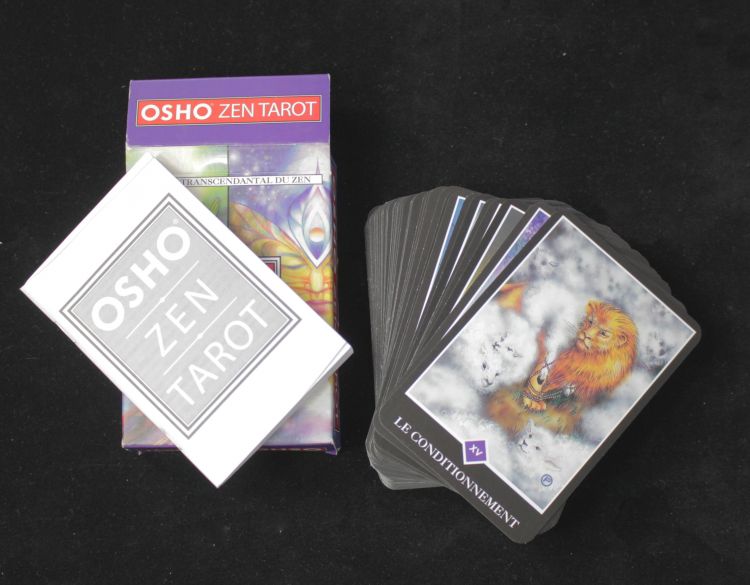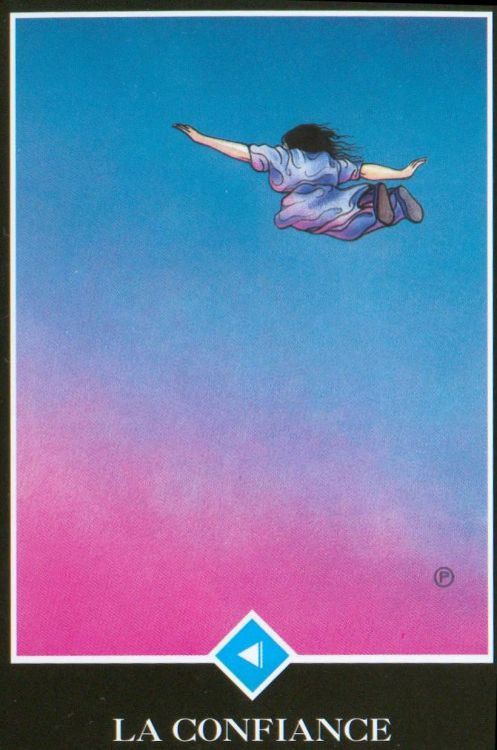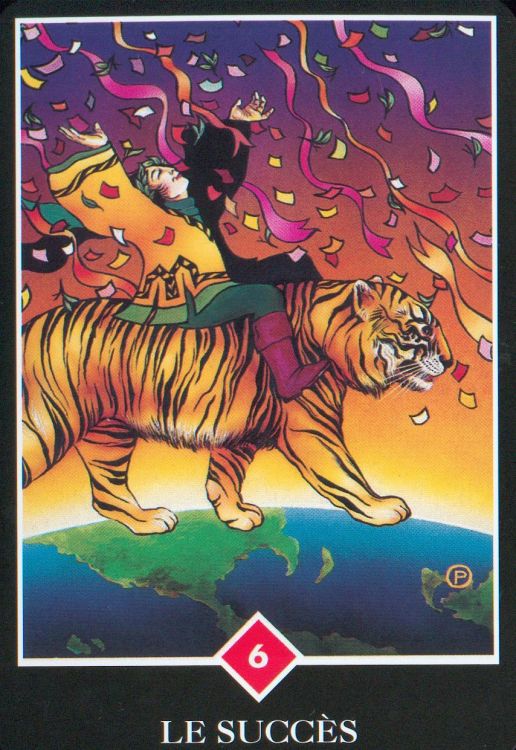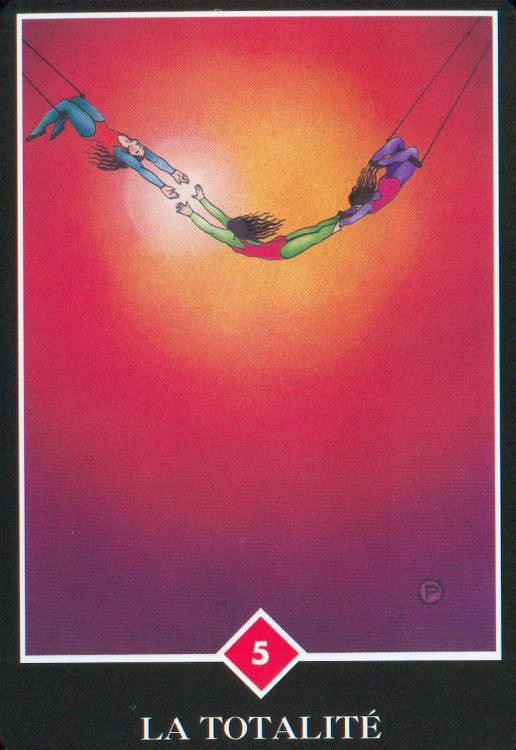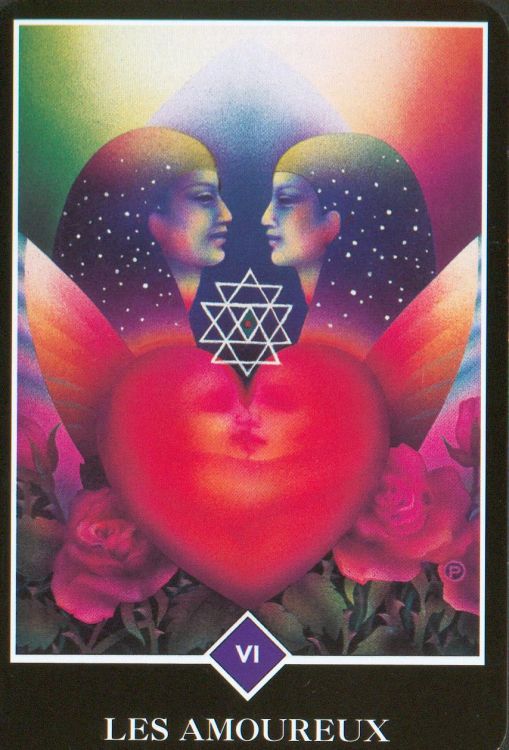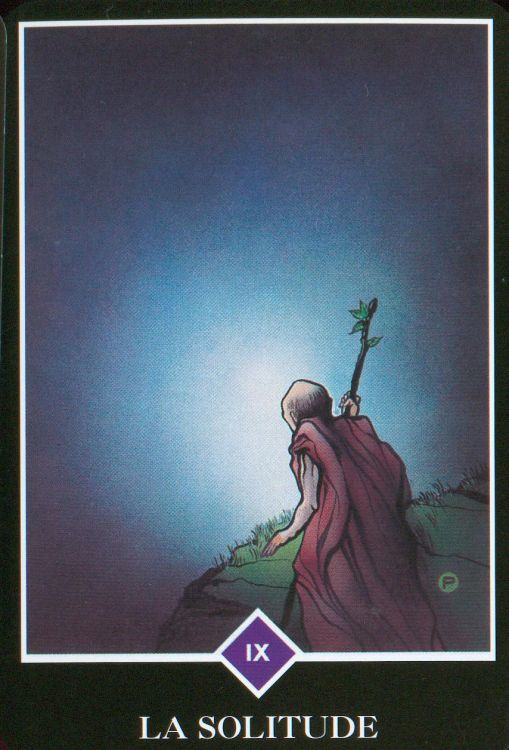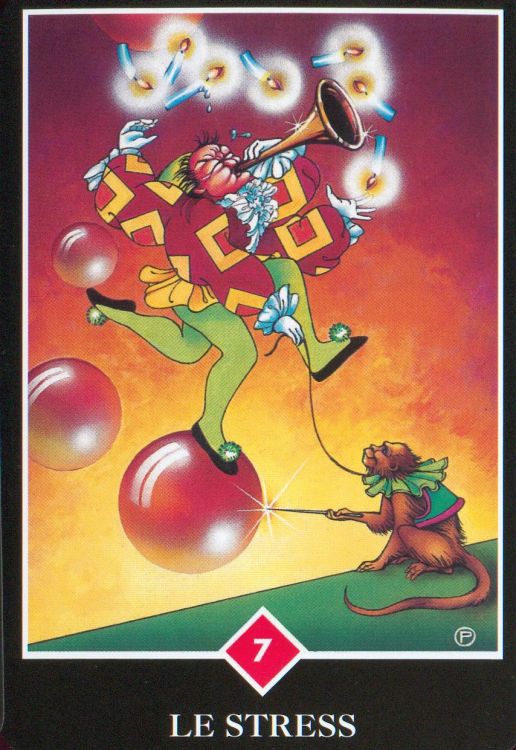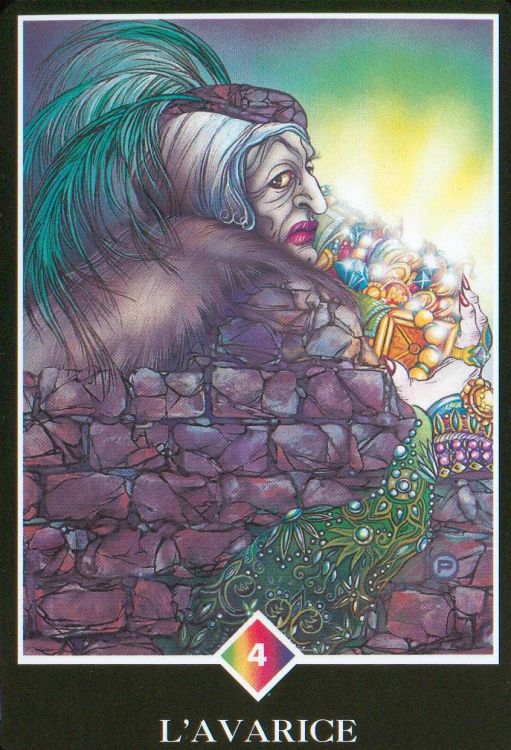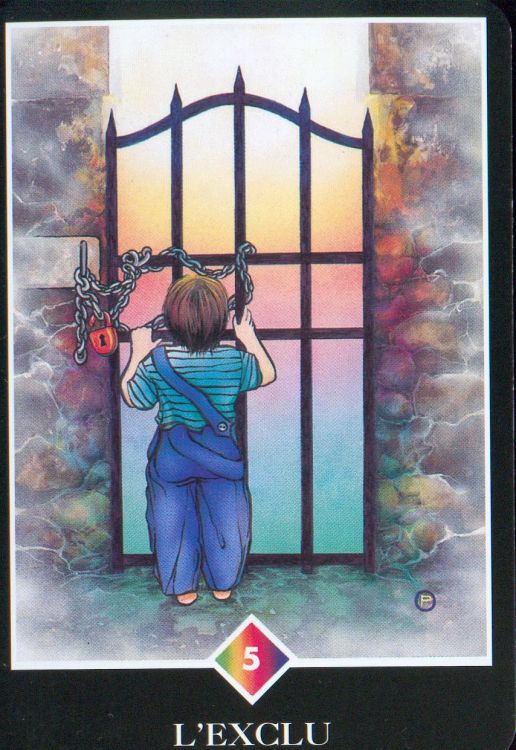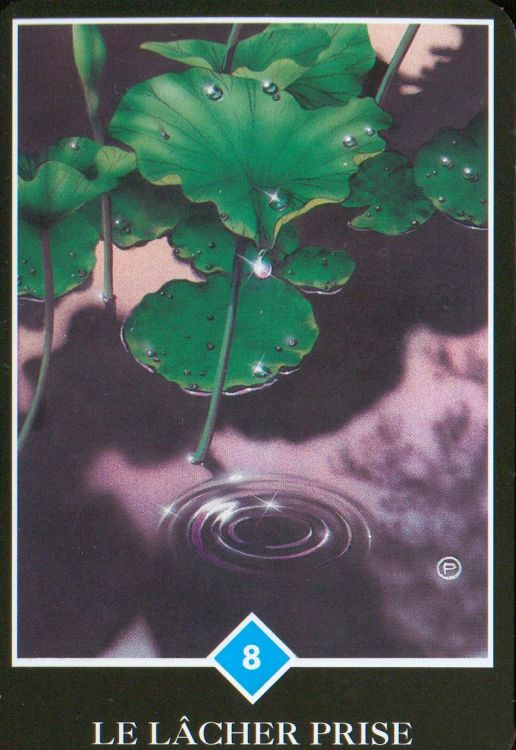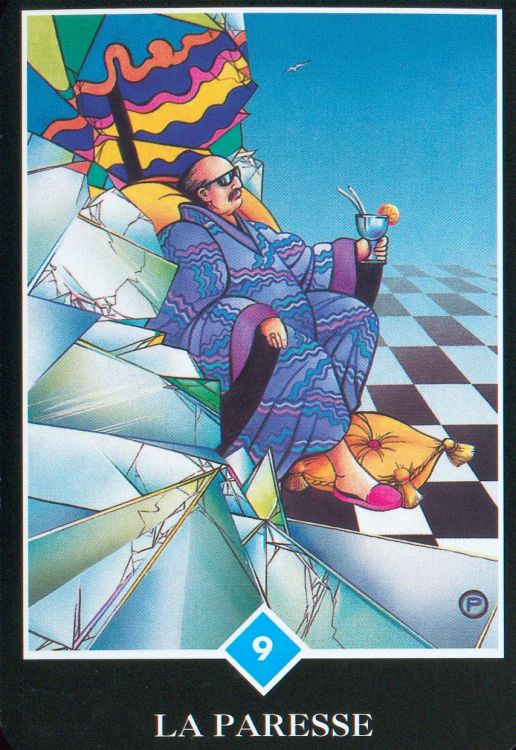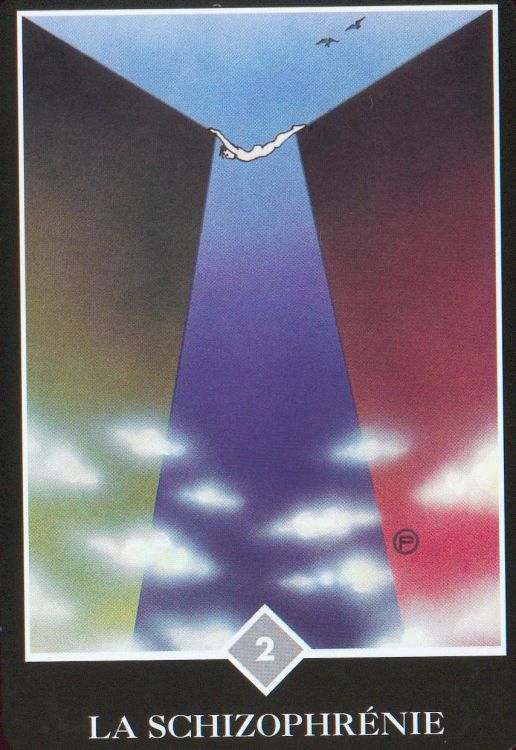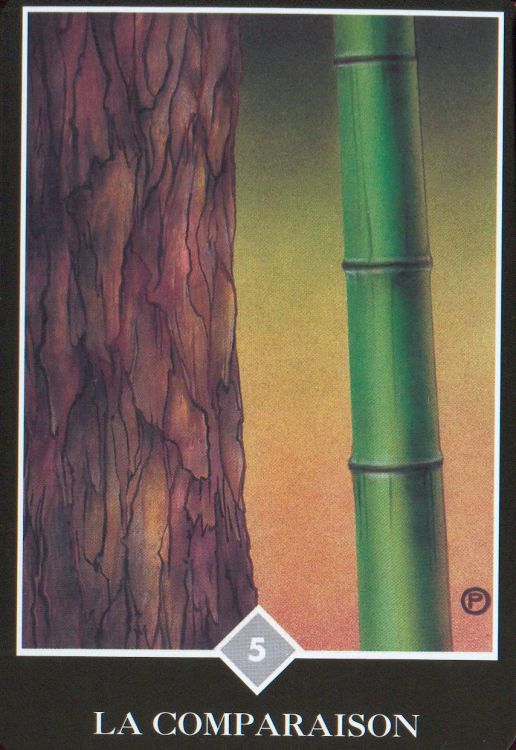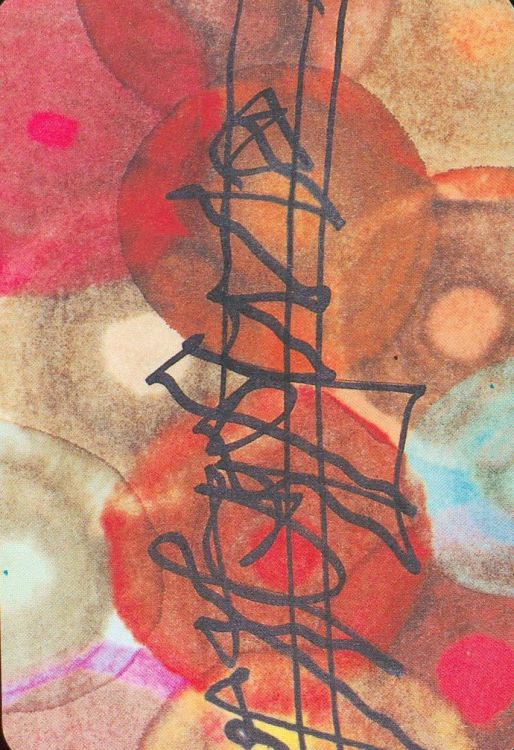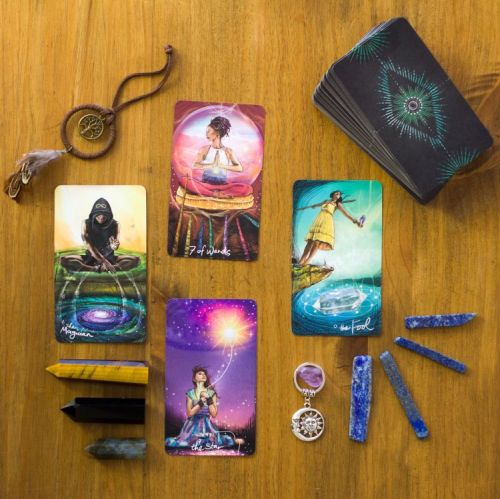It pays off that the Osho Zen tarot distances itself from both the Rider-Waite-Smith tradition and the Tarot de Marseille tradition. The initiative is to be welcomed. The tarot approaches philosophical aspects in a consistent manner. I am not familiar with Osho's teachings, so I cannot say whether this tarot faithfully retraces what the Indian guru expressed throughout his life. However, I can testify that the cards speak of a personal journey based on the development of human qualities, qualities recognized by all spiritual traditions such as attention to oneself, detachment from events, compassion and benevolence, and others.
This tarot is perfectly adapted for personal development where we question the cards to better understand ourselves and try to find answers to our anxieties and our difficulties to being fullfilled. On the other hand, it seems to me that this tarot is not very well suited for prediction (reading the future).
The beginner practitioner must be aware that this tarot is different from the others even if there are some elements taken from the Rider-Waite-smith. Studying and learning this tarot will not help him/her to draw cards with the RWS tarot or the Tarot de Marseille. Apart from this remark, the Osho Zen can be a very good first tarot.
The advanced practitioner will be seduced by a value system quite different from the two schools RWS and Marseille. He will thus be able to renew his way of using the tarot.
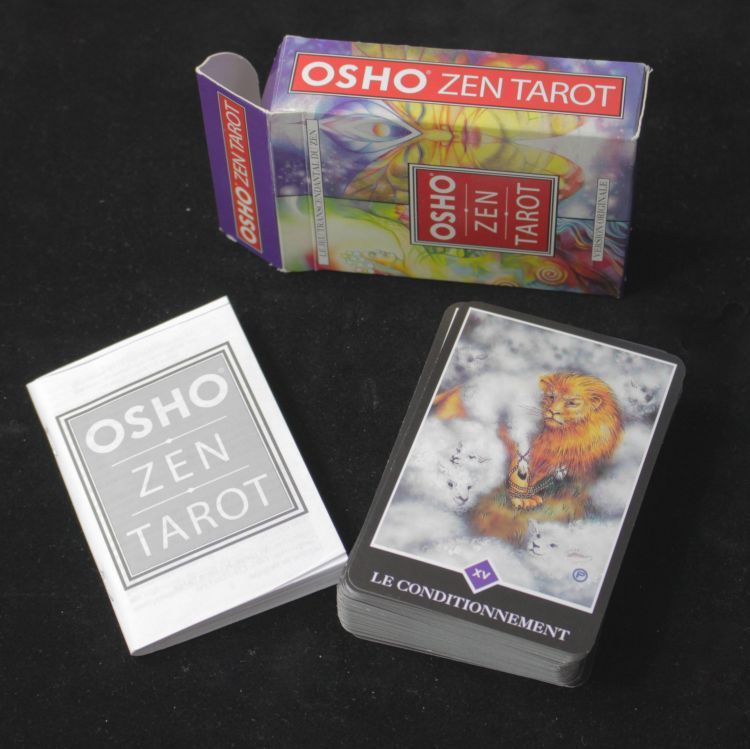
 Please note that this review is based on material and product in French. Depending on the edition you buy, the material could be identical, but also different on the packaging, the guidebook, the booklet, or the card stock . I'm sorry I can't systematically buy tarot cards and books in all editions (I don't receive gifts from publishers)! 😅
Please note that this review is based on material and product in French. Depending on the edition you buy, the material could be identical, but also different on the packaging, the guidebook, the booklet, or the card stock . I'm sorry I can't systematically buy tarot cards and books in all editions (I don't receive gifts from publishers)! 😅 